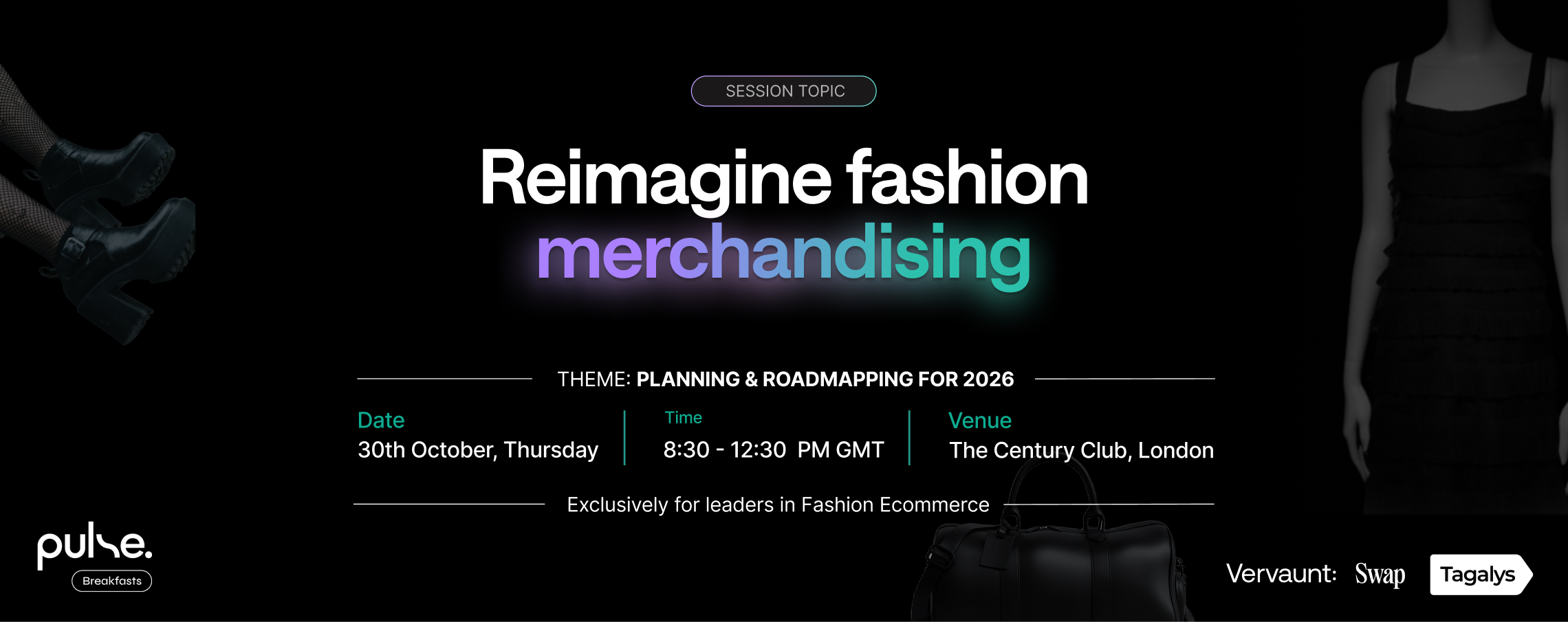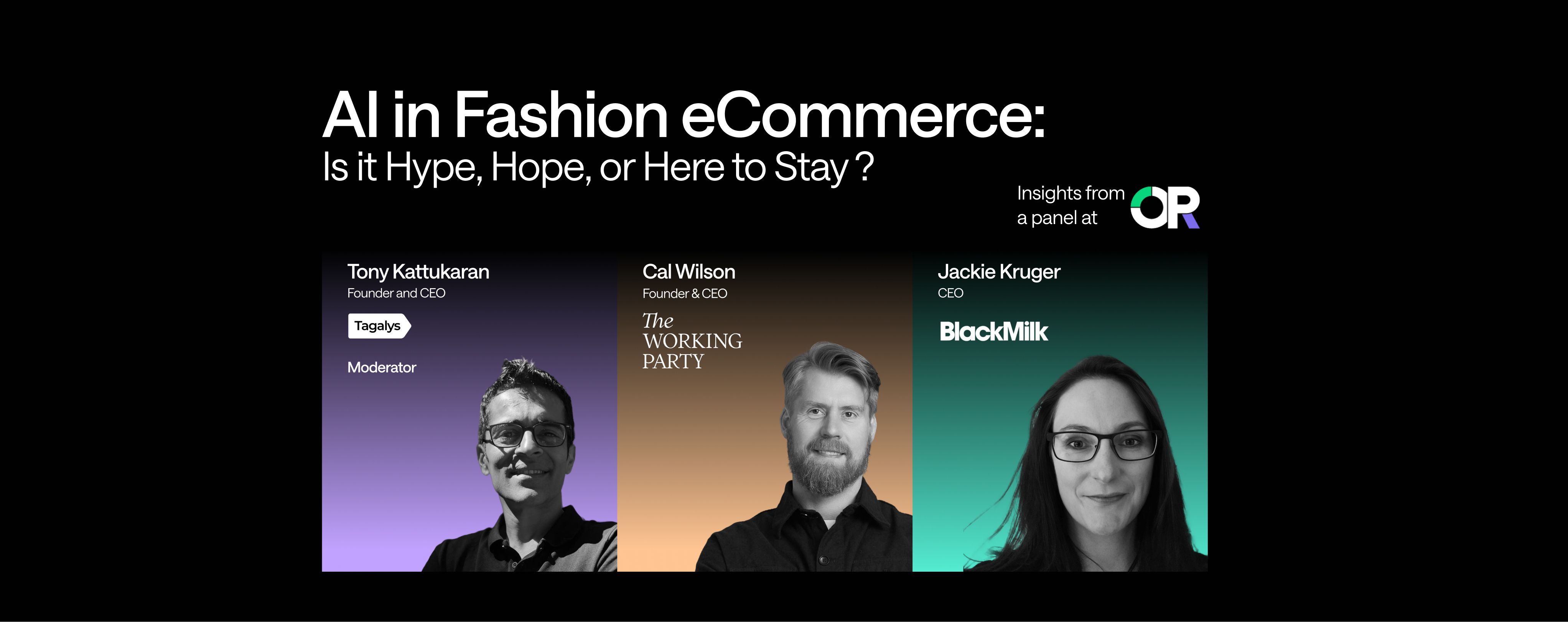Visual merchandising is the process of planning, designing, and displaying products that attract shoppers, capture their attention, and engage with them. This is one of the most effective strategies for eCommerce brands as it influences consumer behavior.But visual merchandising is not new; it’s a tried-and-tested method that brick-and-mortar stores have been employing for ages.In fact, research shows that visual merchandising appeals to human emotions and influences subconscious thinking. Retailers can tap into this sentiment, connect with their prospective clients effectively, and turn visitors into long-term customers.Thus, this blog discusses how retailers can get visual merchandising right and measure its effectiveness.
How to Visually Merchandise a Store?
Visually merchandising a store is both art and science. By utilizing human intelligence and data, retailers can make smart changes in their stores to boost sales and improve the customer experience. Here are five ways retailers can merchandise their eCommerce store.
- Product Sequencing
Sequencing is the process of arranging products based on attributes such as product types, prints, sizes, colors, seasons, and more. Sequencing helps retailers build a visual story to engage visitors and improve the click-through rate.Luckily, retailers don’t have to sequence products manually; with merchandising tools, retailers can automate sequencing, freeing up their time and enhancing productivity.
- Hero Products
Hero products are the products that retailers pin on top of collections/category pages. Pinned products help retailers draw and grab shoppers’ attention to specific products immediately. For example, retailers can pin products based on bestselling, promotional campaigns, most recent, seasonal, and more. These could also be the products that retailers want to push first. Hero products inspire more clicks, leading to higher click-through and conversion rates. With merchandising tools, retailers can also schedule the duration of pinned products - this helps them to stay relevant by planning ahead of time for any special campaigns.
- Pairing Products
Customers like to be in control of their shopping experience and purchases. But not so much that it exhausts them. That’s where product pairing, also called bundling, comes into play. Bundling pairs relevant items that inspire customers to make their own choices. It’s an excellent strategy to offer convenience to shoppers and close more sales.For example, a mannequin in an apparel store usually adorns clothes that suggest to customers the possibilities of pairing, let’s say, a tee shirt and jeans, how to style a scarf, or how to flaunt new heels. These mannequins inspire customers and aid their buying decisions. Ecommerce stores can do the same by pairing complementary products, offering buy-one-get-one (BOGO) deals, and more. In fact, 66% of customers say BOGO is their favorite kind of deal, and 93% of them have taken advantage of the same. Finally, pairing products increase average order value (more on this later in this article) and facilitate up-sell and cross-sells.
- Grouping Products
Grouping products is another effective way of displaying products on the website. Retailers can group products based on types (like women’s and kids’ wear), styles, or collections (like summer or spring). Retailers can also show a list of collections to make it easier for visitors to glance through them and navigate to the page that piques their interest.Grouping makes navigation seamless, leads to higher upsells, and reduces friction.
- Product Recommendation
Brick-and-mortar stores leverage product recommendations all the time. By interacting face-to-face, the salesperson identifies what shoppers need and points them in the right direction. Online retailers can do the same thing on their eCommerce websites with the help of data-driven insights and make smarter merchandising choices. Moreover, 56% of online shoppers are likely to return to a website that recommends products. Retailers can recommend products in the following ways:
- Showcasing similar products so shoppers can look at options, compare them, and purchase the best one.
- Showing products that complete the look or are complementary is another incredible option for product recommendations. A fashion merchant can recommend hats to a shopper looking for summer dresses.
- Retailers can also feature an “others also bought” section highlighting other buyers’ purchases.
- Category-specific recommendations can be yet another way to boost sales. A merchant selling furniture can recommend home office accessories/products to a buyer looking for an office table.
Visual merchandising can be highly effective when done right. With platforms like Tagalys, retailers can leverage machine learning to make data-driven decisions and automate mundane tasks. This way, retailers can skyrocket productivity, customize their store, and enhance shoppers’ experiences.Once visual merchandising strategies are employed, retailers need to measure them and know if they’re on the right track.
What Metrics to Track When Visually Merchandising a Store?
Numbers tell the tale - they reveal how well the campaigns are performing and where retailers need to double down on their efforts. Here are the top 11 metrics every online retailer must measure.
- Traffic
Traffic is the online version of footfalls. This metric can be helpful when analyzing conversion rates, click-through rates, and more.
- Total sales
This is relatively straightforward - the total number of sales is directly tied to the brand’s revenue. This can also tell how effective the visual merchandising efforts are.
- Average order value (AOV)
AOV is the average amount a consumer spends at the store. Increasing AOV is a great way to increase revenue without bringing in new traffic.
- Customer acquisition cost (CAC)
CAC is the total cost incurred to acquire a customer, including marketing, sales, advertising, discounts, website hosting costs, and more.
- Conversion rate
More traffic doesn’t always mean more sales. Thus, conversion rates show the percentage of visitors that turn into customers.
- Cart abandonment rate
A cart is considered abandoned when customers fill it up but leave it empty rather than checking out. Unfortunately, it’s pretty common in eCommerce due to hidden costs, high shipping costs, lengthy checkout processes, and more.
- Checkout abandonment rate
Checkout abandonment tells how many people initiated the checkout process but didn’t complete the purchase.
- Repeat customer rate
Selling more to an existing customer is simpler than selling to a new one. The repeat customer rate shows precisely that and is a great metric to reveal the number of loyal customers willing to make multiple purchases.
- E-commerce churn rate
The churn rate is the number of lost customers over a period of time.
- Customer lifetime value (CLV)
This metric tells retailers how valuable a customer is by measuring the average amount a customer spends in their entire lifetime.
- Click through rates (CTR)
The number of people who visit the website and click on the displayed products is called the click-through rate.
Key Takeaway
Visual merchandising is highly effective and proven to boost sales and enhance the customer experience. Utilizing visual merchandising platforms like Tagalys allow retailers to leverage machine learning and pair it with their intuition to employ visual merchandising methods like sequencing, pairing, grouping, and more. This enables retailers to be more profitable, automate mundane tasks, and make data-driven decisions. Reach out to us for a free demo and learn how Tagalys can help you.














.svg)
.svg)
.svg)
.svg)
.svg)
.svg)



.png)

.png)
